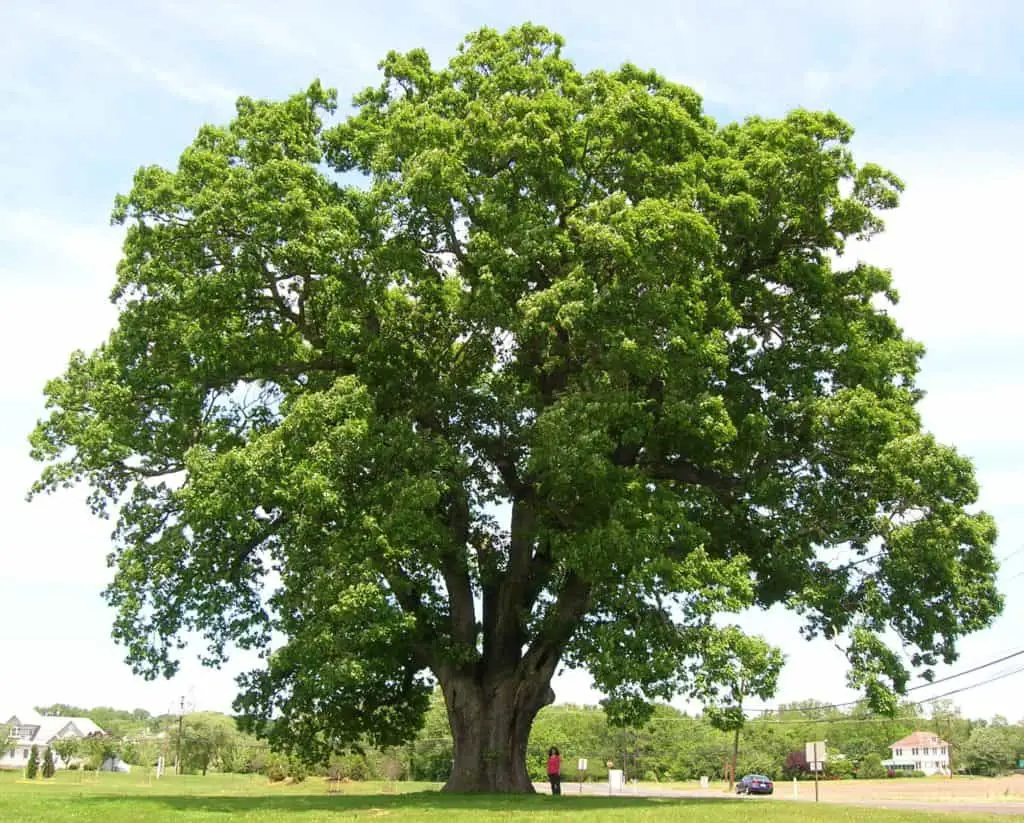When it comes to Coosa Board vs. plywood, there is no clear winner. Both materials have their advantages and disadvantages, and the choice ultimately depends on your specific project requirements.
If you need a lightweight, strong, and durable material for boat building or other high-stress applications, Coosa Board is an excellent choice.
However, if you’re looking for an affordable and versatile material for furniture making or cabinetry, plywood may be the better option.
Table of Contents
Coose Board vs Plywood

The main difference between Coosa Board and plywood is the material they’re made from. Coosa Board is a composite material made from high-density polyurethane foam reinforced with fiberglass, while plywood is made from thin sheets of wood veneer that are glued together.
Strength and Durability
When it comes to strength and durability, Coosa Board has a clear advantage over plywood.
Coosa Board is known for its exceptional strength and durability, making it a popular choice for high-stress applications such as boat building and structural components.
Plywood, on the other hand, is less strong and durable than Coosa Board and is better suited for less demanding applications.
Coose Board
Coosa Board is a composite material that packs a punch. It’s made from high-density polyurethane foam reinforced with fiberglass, which gives it exceptional strength, durability, and resistance to water.
Originally designed for boat builders, this innovative material has quickly become a popular choice for a wide range of projects that require a lightweight, strong, and durable material.
Plywood: Affordable and Versatile
Plywood is a carpenter’s best friend. It’s a panel made from thin sheets of wood veneer that are glued together. Plywood is affordable and versatile, which makes it one of the most commonly used materials in carpentry.
It comes in various grades, each with its own unique properties and intended uses.
Different Grades of Plywood and coose
There are several different grades of plywood available, each with its own set of properties and uses. Some of the most common types of plywood include:
Softwood Plywood: This type of plywood is made from softwood species like pine, cedar, and redwood. It’s often used in construction and furniture making because it’s affordable and easy to work with.
Hardwood Plywood: Hardwood plywood is made from hardwood species like oak, birch, and maple. It’s more expensive than softwood plywood but is also of higher quality and more durable.
Tropical Plywood: Tropical plywood is made from tropical hardwood species like mahogany and teak. It’s known for its strength, durability, and resistance to water.
Aircraft Plywood: Aircraft plywood is a type of hardwood plywood that’s specifically designed for use in aircraft construction. It’s made to strict specifications and is extremely strong and lightweight.
Decorative Plywood: Decorative plywood is plywood that’s been veneered with a thin layer of decorative wood on one or both sides. It’s often used in furniture making and interior design because of its attractive appearance.
Coosa Board Grades
Coosa Board comes in three grades: Bluewater, Nautical, and Rigid.
Bluewater is the strongest and most durable Coosa Board grade, designed for use in high-stress applications like boat building and structural components.
Nautical is a mid-grade Coosa Board that’s suitable for a wide range of applications, including boat building, cabinetry, and architectural uses.
Rigid is the least expensive Coosa Board grade and is suitable for applications where strength and durability are less important.
Coosa Board vs. Plywood: Weight
Coosa Board is a lightweight material, making it an excellent choice for projects that require a lightweight material.
In contrast, plywood is heavier than Coosa Board, which can be a disadvantage for projects that require a lightweight material.
Coosa Board vs. Plywood: Cost
One of the most significant differences between Coosa Board and plywood is the cost. Coosa Board is generally more expensive than plywood, which can be a disadvantage if you are working on a tight budget.
However, it’s important to consider the long-term cost benefits of using Coosa Board, which is more durable and requires less maintenance than plywood.
Coosa Board vs. Plywood: Cutting and Shaping
Coosa Board is easy to cut and shape, making it an excellent choice for projects that require a high degree of precision. It can be cut using standard woodworking tools, and it doesn’t require any special equipment.
In contrast, plywood can be challenging to cut and shape, especially if you are using a low-quality grade.
Coosa Board vs. Plywood: Appearance
Coosa Board has a consistent, smooth surface that is ideal for painting or applying a finish. It also comes in various colors, so you can choose the color that best suits your project.
In contrast, plywood has a rough surface and often contains visible knots and imperfections, which can be a disadvantage if you want a smooth and consistent appearance.
Maintenance Both Coosa Board and plywood require some maintenance to keep them in good condition.
Maintenance
Coosa Board maintenance: Coosa Board is easy to clean and maintain. It can be washed with soap and water and doesn’t require any special treatments or coatings.
Plywood maintenance: Plywood should be sealed or painted to protect it from moisture and UV damage. It should also be periodically cleaned and inspected for signs of damage.





